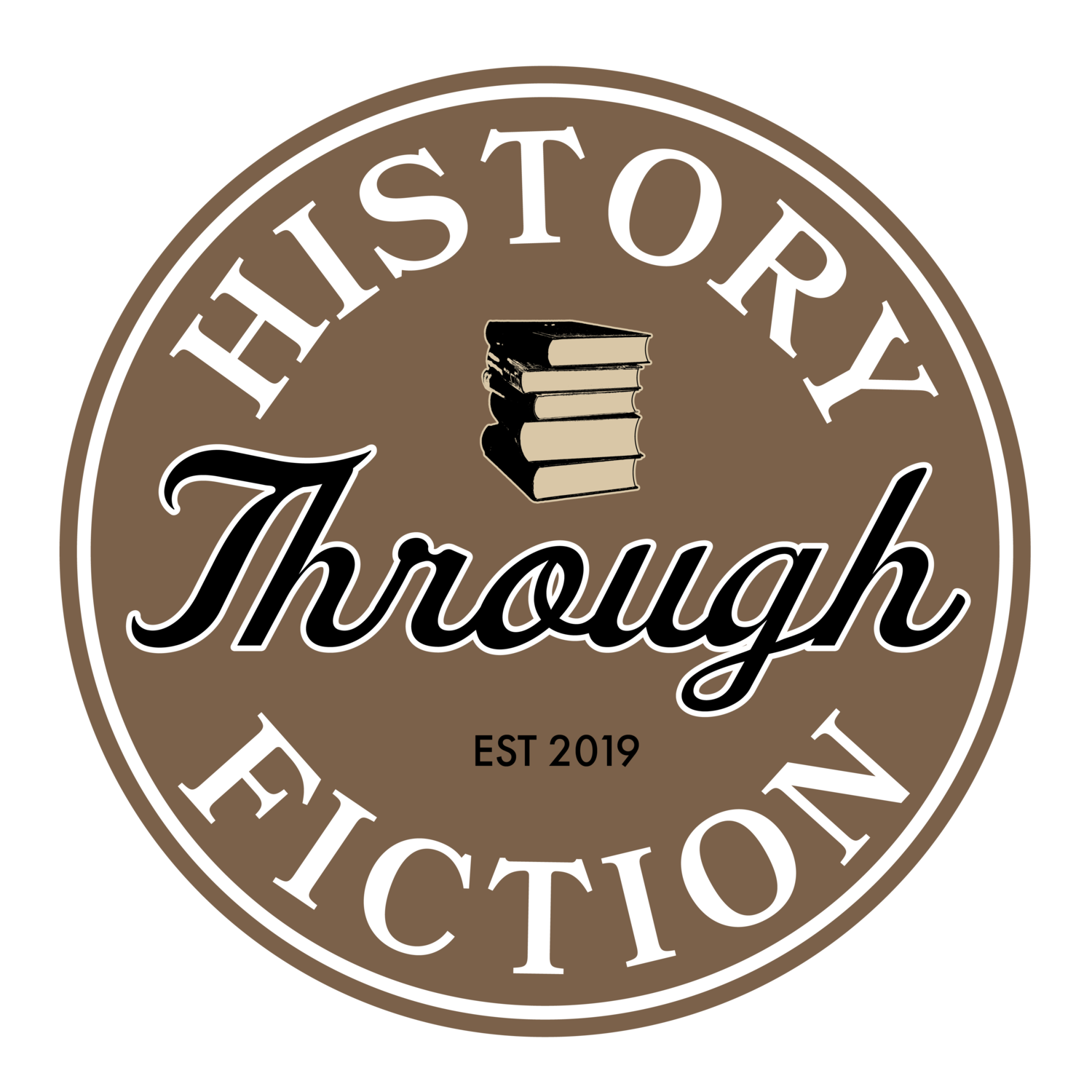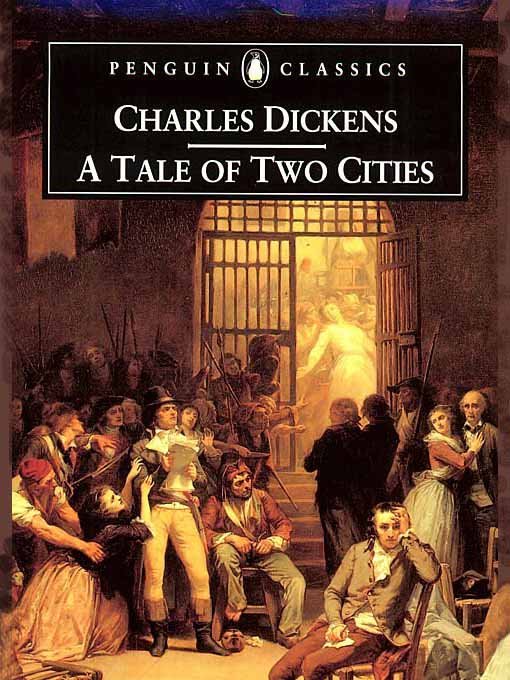Famous Novel Openings Explained: A Tale of Two Cities
“It was the best of times, it was the worst of times…”
This line famously opens Charles Dickens’ historical novel, A Tale of Two Cities, which was published in London in 1859. Centered on the history of the French Revolution (1789-1799), it takes place in France and London between the years 1775 and 1793. In the novel’s preface, Dickens expressed his hopes that the story would offer readers a greater understanding of the social complexities surrounding the Revolution, which he referred to as “that terrible time.” Desiring to create a historically accurate piece, Dickens interviewed people who had lived through the event and experienced its atrocities first-hand. He verified their accounts by gathering as much historical data from the period as he could to corroborate the stories. Dickens ultimately relayed that his efforts to recreate history in this regard were so exhaustive that, by the end of the project, he felt as though he had lived and suffered through the Revolution himself.
While this novel overtly comments on the socio-political proceedings of the French Revolution, it also speaks to the cultural climate in Dickens’ contemporary period. Dickens lived and wrote during the Industrial Revolution in England (1760-1840), an age defined not only by rapid technological growth for Western societies, but also by the suffering and maltreatment of the hundreds of thousands of laborers who made it possible. Therefore, in terms of social progress and class distinctions, it was an age of paradox. Aristocrats lived safe, clean, and leisured existences far removed from the lower realities, while the laboring classes endured overcrowded, unsanitary living spaces, and worked upwards of fourteen hours a day for very low wages. It was a time of extreme wealth for nations, and extreme poverty for many citizens. A blessing and a curse to society.
Understanding the nature of the paradoxes encompassing Dickens’ era helps to explain the opening line in A Tale of Two Cities. While the first two clauses are the most famous, the sentence in its entirety is quite long and comprises the whole first paragraph of the novel. When reading it below, notice the overpowering use of paradox (seemingly impossible contradictions), as well as the reference to Dickens’ present time:
“It was the best of times, it was the worst of times, it was the age of wisdom, it was the age of foolishness, it was the epoch of belief, it was the epoch of incredulity, it was the season of Light, it was the season of Darkness, it was the spring of hope, it was the winter of despair, we had everything before us, we had nothing before us, we were all going direct to Heaven, we were all going direct the other way—in short, the period was so far like the present period, that some of its noisiest authorities insisted on its being received, for good or for evil, in the superlative degree of comparison only.”
By opening his novel of the French Revolution with an array of paradoxes, Dickens merges the story’s historical setting with his own contemporary period. This allowed the audiences at the time to relate to it on a very personal level, as they would have likely recognized the statement as a satirical critique on the public discussions of their day. These discussions, as Dickens observed, often consisted of “noisy authorities” describing social phenomena in blanket terms that didn’t come close to capturing the intricacies involved in such events. With this line, then, he lays the foundation for a novel that seeks to reveal how wildly complex history (and modernity by comparison) can be.
Large swaths of time and space cannot be defined with black and white language. To one person an era might have been wonderful and to another it might have been dreadful. But the era itself is not merely one or the other. Here, Dickens shows it is possible for it to be wonderful and dreadful, and everything else in between, all at once. And through this awareness, he encourages his audiences to look at the past and the present with an open mind, a willingness to hear stories from all sides of a conflict, all classes of a society, and all perspectives of an era.
About the Author
Bex Roden is a voluntary contributor to History Through Fiction. She is an aspiring literary artist with an interest in historical fiction. She has a formal education in English Literature centered on literary analysis and criticism, and is now expanding her focus into the realm of creative writing. Currently, Roden is an active-duty service member in the U.S. Air Force and writes in her free time.


